28+ Sample Diet Plans
-
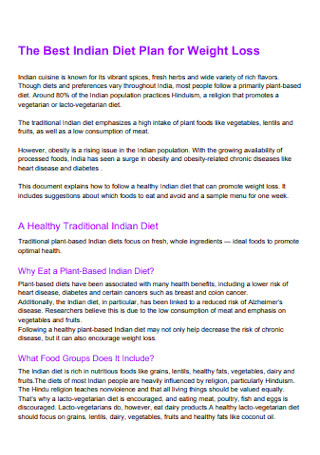
Diet Plan for Weight Loss
download now -
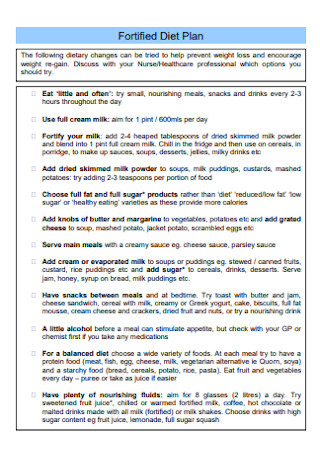
Fortified Diet Plan
download now -
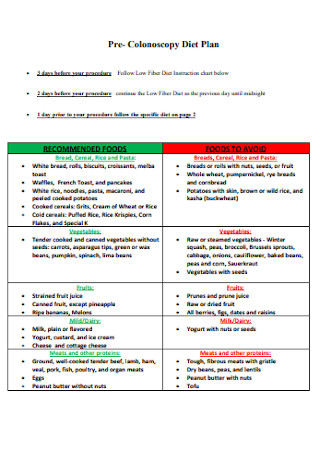
Pre- Colonoscopy Diet Plan
download now -

Page Fundamental Diet Plan
download now -
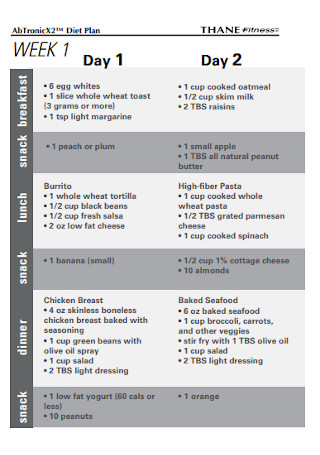
Diet And Workout Plan
download now -
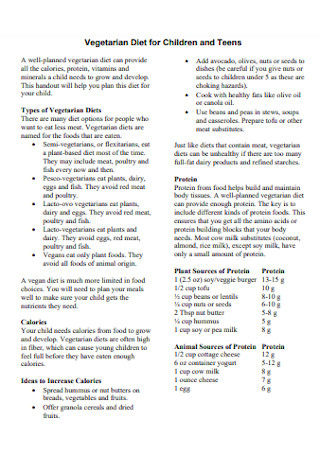
Vegetarian Diet Plan for Children
download now -

Low Fiber Diet Plan
download now -
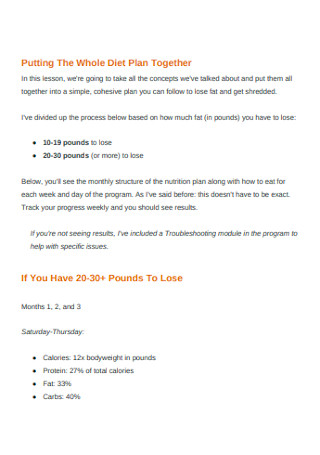
Diet Plan Format
download now -
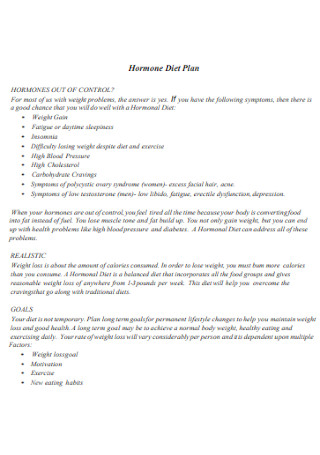
Hormone Diet Plan
download now -
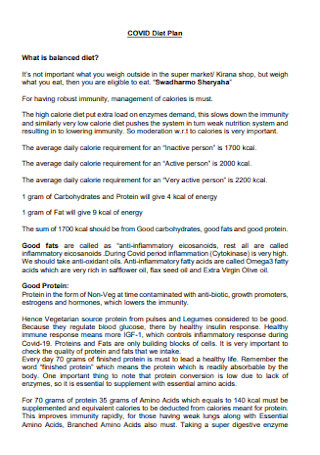
COVID Diet Plan
download now -

Light Diet Plan
download now -
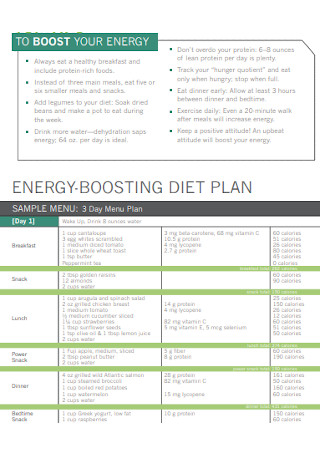
Energy Boosting Diet Plan
download now -
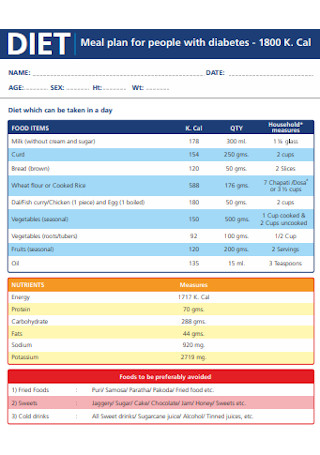
Diet Meal Plan
download now -
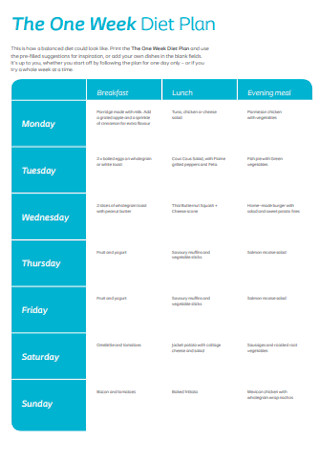
One Week Diet Plan
download now -

Celiac Disease Diet Plan
download now -
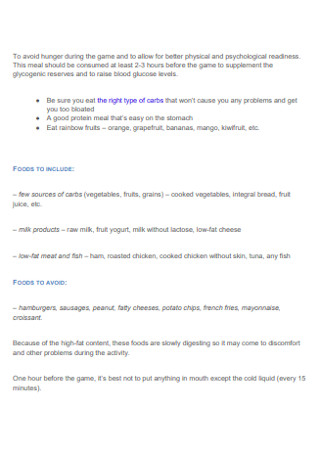
Basketball Player Diet Plan
download now -
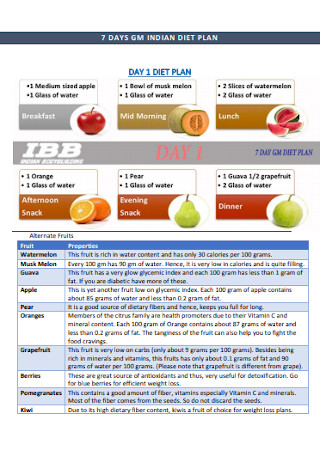
Day 1 Diet Plan
download now -
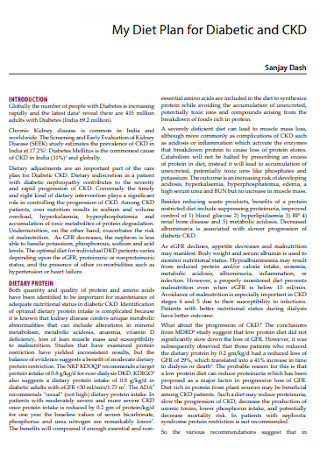
Diet Plan for Diabetic
download now -
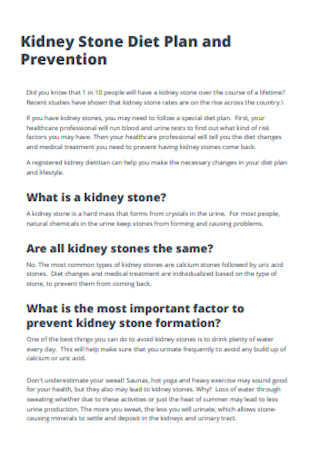
Kidney Stone Diet Plan
download now -
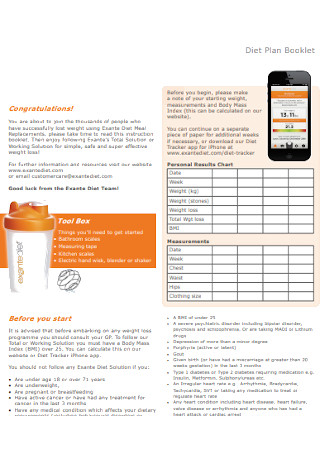
Diet Plan Booklet Template
download now -
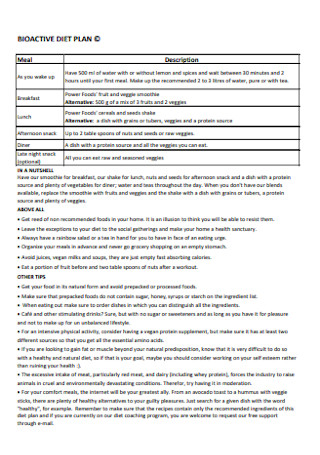
Bioactive Diet Plan
download now -
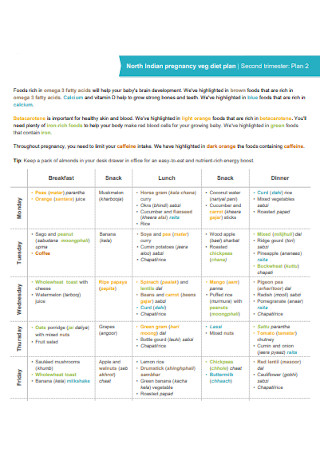
Pregnancy Veg Diet Plan
download now -
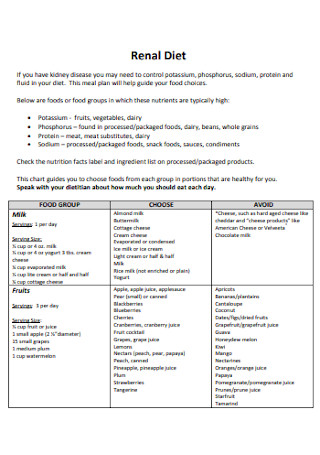
Renal Diet Plan
download now -
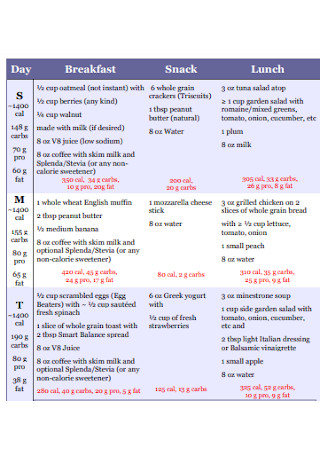
Simple Diet Plan
download now -
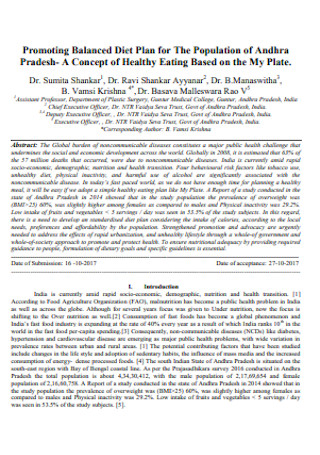
Healthy Diet Plan
download now -
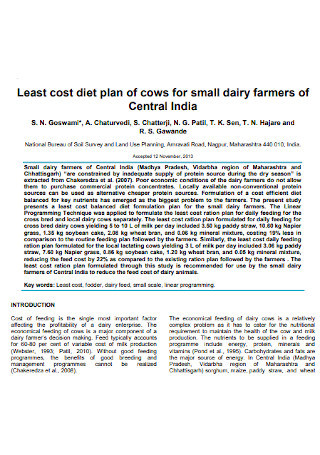
Least Cost Diet Plan of Cows
download now -
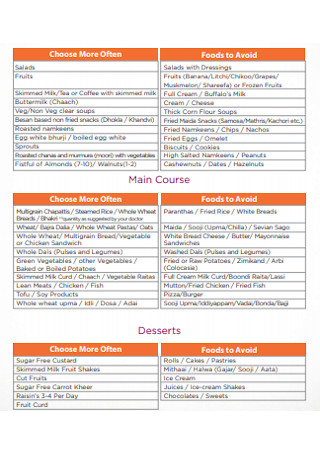
Food Diet Plan Template
download now -
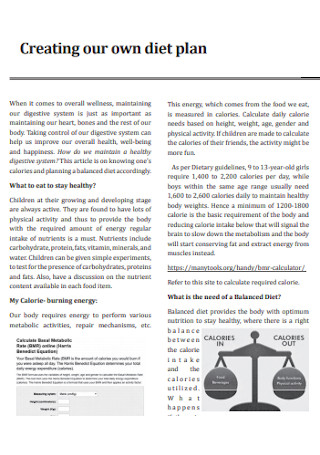
Sample Own Diet Plan
download now -
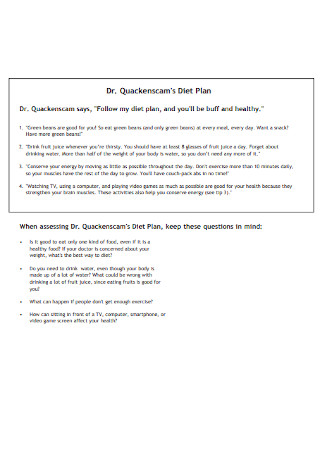
Standard Diet Plan
download now
FREE Diet Plan s to Download
28+ Sample Diet Plans
What is a Diet Plan?
Principles Behind Diet Plans
How to Create a Diet Plan for Weight Loss
Types of Important Macronutrients
Different Types of Diet Plans
FAQs
What is the best diet plan?
Is it possible to have an all-meat diet?
What does portion sizes mean?
What is the difference between a diet plan and an eating plan?
What is a Diet Plan?
The most common misconception about the diet plan is that restrictive food intake will only lead to short-term weight loss. However, it’s more than being a restrictive food plan.
A diet plan is a tailored meal plan and that’s based on the individual’s health status, weight and lifestyle, and most especially their medical condition. Weight loss and health goals are also taken into consideration when crafting a diet plan. This is typically used to change eating behavior, exercise, and lifestyle management towards optimum health and wellbeing.
Having a diet plan ensures that food intake is balanced and has enough macro and micronutrients to prevent deficiencies. This is why diet plans must be well thought of and prepared carefully to match the needs of the body for sustainable long-term weight loss and optimal health.
Principles Behind Diet Plans
For most dieters, weight loss is the main goal for going into a diet. However, six principles should be incorporated into the diet plan to ensure optimal health and sustainable weight loss. These will also ensure that you do not become nutrient deficient and remain healthy as you go through your weight loss journey. With a healthy diet plan, you should be able to:
Following these six principles in diet planning can lead to sustainable long-term weight loss and optimal health for you.
How to Create a Diet Plan for Weight Loss
Achieving a long-lasting and sustainable weight loss needs to be planned properly. Restricting your food intake is one key, but it’s also important to take in the right kinds of food into your body. There should be a right balance of macro and micronutrients to keep your body healthy as you lose weight. Follow these steps when creating your own diet plan.
Step 1: Avoid Counting Calories
Most diet plans set a maximum daily calorie goal. People on a diet are expected to keep within the allowable calorie intake and should only have meals that do not exceed the calorie value set for the day. Often, this sets people to fail as it limits the types of food that they enjoy eating. Instead of setting a calorie goal, think of a diet plan that can give you the maximum nutritional value to keep your body healthy and enjoy the food that you love in moderation.
Step 2: Calculate Your Macros
Macronutrients are the basic building blocks of the body and are mostly used for growing muscles, melting fats, and keeping energy high. Balancing carbohydrates, fats, and proteins—the three main macronutrients, gives you the best chance of building the body that you want without depriving yourself.
Step 3: Find Food that Suits You
Once you know how much you need to eat to keep your body energized, spend some time to find foods that will fit into your new lifestyle. For a diet plan to be effective, it must include foods that you will actually eat and enjoy eating. Otherwise, you will only set yourself up for failure. But you should also try to expand your palate and your menu with more nutritional options so you can create a sustainable and long-term meal plan.
Step 4: Stock Up on Recipes
After coming up with a list that you love to eat, you should start searching for recipes that feature ingredients from foods on your list. You should also pay attention to how these foods are prepared as they can have a significant impact on the macronutrient levels. With enough research, you will be able to tailor your recipes into a collection that suits your preferences.
Step 5: Schedule Your Eating Time
When you eat is just as important as what you eat. Your body follows a daily scheduled cycle which affects how the stomach metabolizes the food you eat. Existing medical conditions and other body functions impact the way the body will process your meals. Strategically spacing meals can help you feel full for a longer period and avoid snacking.
Step 6: Track, Analyze, and Adjust
Include in your diet plan a monitoring sheet for tracking, analyzing, and adjusting your eating habits. This will help you determine the effectiveness of your diet plan and allow you to make adjustments when necessary so you can keep yourself on track towards your weight goals. If a certain dietary plan doesn’t work for you, don’t be afraid to switch things up or find another one that works for you.
Types of Important Macronutrients
Macronutrients are the cornerstones of your diet. You must know what these are and where you can get them to ensure that the meal you enjoy gives you the full benefits for your body. Learning how to manipulate them also have a large impact on your body.
Carbohydrates
Carbohydrates—or most commonly known as carbs—are the body’s primary food source of energy. They fuel the cells of the body and provide energy for the muscles and central nervous system during movements and exercise. Recommended carbohydrates intake is between 45% to 65% of your daily food intake but the amount you take can be adjusted based on your health goals and medical conditions. Examples of food rich in carbohydrates are grains, bread and pastries, beans, and milk, among others.
Protein
Protein is a macronutrient is an important factor in many processes of the body. It gives the body tissues structure such as cell membranes, organs, muscles, skin, hair, and just about anything in the body. It is also involved in the metabolic, hormonal, and enzyme systems and helps maintain acid-base balance in the body. Recommended daily allowance for protein is around 0.8 grams of protein per kilogram of the bodyweight but this may vary depending on health goals and medical conditions. The best sources of proteins are lentil beans, soy products, nuts and seeds, whole grains, and animal protein like meat, poultry, fish, and dairy.
Fat
Among the macronutrients, fats are, perhaps, the most misunderstood and filled with misconceptions. Fats are essential for the body’s energy reserve, used for insulation and protection of organs, and absorption and transport of fat-soluble micronutrients such as vitamins and minerals. Recommended daily fat intake ranges between 20% to 35% with less than 10% of it coming from saturated fats. Foods such as vegetable oils, fatty fish, avocado, flax seeds, olives, nuts, and seeds are the best source of good fats.
It can be difficult to visualize your meals using only macronutrients but one way to do it is by controlling your meal portions and sizes. Also, make sure that your plate contains a good variety of foods.
Different Types of Diet Plans
Every year, nearly half of American adults are estimated to attempt to lose weight and this is more apparent in women than in men. Among those who attempt to lose weight, they follow certain diet meal plans in the belief that it’s the best diet to lose weight. However, a diet plan is the most difficult to get started as one is unsure which of these different diet plans are suitable and appropriate for them.
Whole 30 and Nutritional Reset
This type of diet plan promotes physical nutritional reset. This type of diet plan does not actively promote weight loss but it guarantees self-awareness regarding how your body reacts to the food you eat. This type of diet, it eliminates potentially harmful and problematic foods. Adhering to this diet will help improve energy, sleep, mood, focus, digestion, and pain. It may also decrease the incidence of conditions like eczema, migraines, asthma, and allergies as claimed by its proponents. Although its main goal is not weight loss, eliminating certain foods that you eat can lead you to lose a few pounds along the way.
DASH Diet
DASH stands for Dietary Approaches to Stop Hypertension. It’s a healthy diet plan designed to treat or prevent blood pressure through proper eating. A typical meal in a DASH diet includes foods rich in potassium, calcium, and magnesium as these nutrients help control blood pressure. It also limits certain foods that have high sodium, saturated fats, and sugar added content. As early as two weeks of following the DASH diet, blood pressure is lowered and lower the bad cholesterol levels in the blood.
Ketogenic Diet Plan
The ketogenic diet is a low-carb and high-fat diet. It involves drastic reduction of carbohydrates intake in the body and replacing it with fat and induces the body into a ketosis state—a metabolic state where it is most efficient at fat burning to use as energy. Other than weight loss, ketosis may have other health benefits such as reduced blood sugar and insulin levels, may lower blood pressure, and an effective method to reduce metabolic syndrome.
FAQs
What is the best diet plan?
There are many types of diet plans available which are proven to be effective when it comes to sustainable weight loss and optimal health. If you are unsure of what type of diet for you, consult a nutritionist or your daily medicine doctor for guidance.
Is it possible to have an all-meat diet?
Yes, it is but it’s not recommended. If you do this, you will only put your body at risk of malnutrition. You should always bear in mind that a diet plan is a tool you use to keep your body healthy as you lose weight in the long term.
What does portion sizes mean?
It simply means controlling the food you eat. You may use your hand as a reference if you don’t want to weigh your food. Your fist can be approximately one cup and the front of a closed fist is approximately half a cup, and the palm of your hand is an approximate serving size of your protein. You may also opt to control portions using your plate with half-filled with vegetables and salad, a quarter of good quality protein, and the remaining is composed of mixed carbohydrates and healthy fats.
What is the difference between a diet plan and an eating plan?
An eating plan refers to what you eat throughout the day including your breakfast, lunch, dinner, and small meals in between, as well as the beverage you drink. A healthy eating plan can help you in weight loss and maintenance. On the other hand, a diet plan is based on a particular food plan that lists your meals for the day, week, or even month to achieve your health and weight loss goals.
Many diet plans focus on completely limiting food intake and adding food restrictions on your list. It’s a common misconception that diet plans can correct. A diet plan simply means that you are being mindful of the food you eat and when you eat them. There is no one perfect type of diet plan that works for everyone—what works for one person may not work for the other. However, what’s for sure is that a balanced diet and active lifestyle can keep the body in optimal shape and healthy. Check out our selection of diet plans to start on your weight loss journey.
